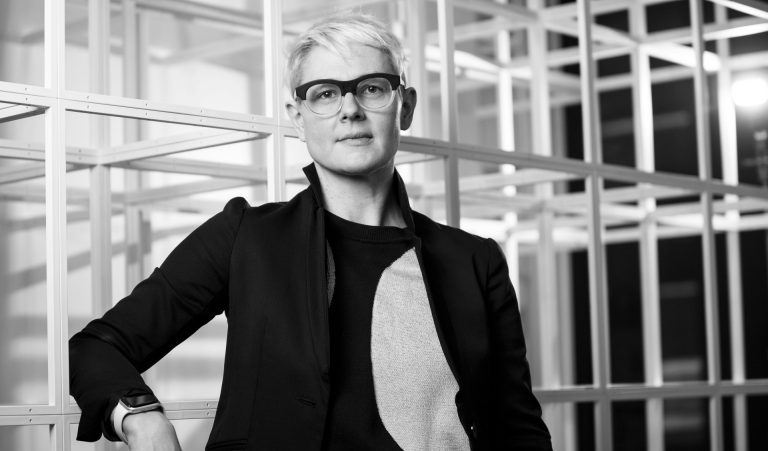Human trafficking is just one of many dangers facing female refugees, a new study shows

In the lead-up to International Women’s Day, a Concordia researcher asks us to rethink the stories and images of migrant women’s death in the media and to see the bigger picture beyond human trafficking.
“It’s hard to find stories of gendered migration that aren’t understood as stories about trafficking,” says Krista Geneviève Lynes, associate professor of communication studies in the Faculty of Arts and Science.
“The problem is that women are almost always painted as victims of involuntary movement, when the reality is much more complex. There are countless reasons, calculations of risk, wagers and aspirations that prompt women to move. These are erased when women are simply viewed as trafficked by smugglers.”
Lynes published her findings recently in Feminist Media Studies, and they will also appear in Moving Images: Mediating the European “Migrant Crisis” (Transcript Verlag). The forthcoming book, which she’s coediting, critically interrogates media images and discourses that organize contemporary understandings of displacement, migration, refugeeism, nationality and globalization in the context of the European “migrant crisis.”
Human trafficking isn’t the whole story
“The images of ‘crisis’ always rely on specifically racialized, classed and gendered bodies, which shape people’s thinking about what or who constitutes a crisis,” says Lynes, the director of Concordia’s Feminist Media Studio.
She finds that stories of trafficking focus the blame for migrant women’s deaths exclusively on smugglers. That’s too reductive, Lynes argues. It allows the general public to forget that European Union anti-trafficking operations are embedded in their larger border policing and security operations — operations that render migrant crossings of the Mediterranean more dangerous, not less so.
“It allows the government, politicians and the public in general to blame smugglers, rather than address the larger politics of exclusion that make this crossing so deadly. The tragic fatalities at sea are a result of smugglers, but also visa restrictions, deportations, port closures and policing at sea, like the Libyan so-called ‘coast guard,’ which is responsible for systemic and ongoing violence against people in transit,” Lynes explains.
“Anti-trafficking thus becomes an alibi for quite cruel immigration policies by European states.”
Stories beyond images
Lynes’s study was prompted by the pervasive media coverage of a tragedy in 2017 when 26 young Nigerian women and girls perished in two shipwrecks off the coast of Libya. Their bodies were retrieved by a ship that is part of the EU’s anti-trafficking program. When it docked in Salerno, Italian authorities opened an inquiry to investigate whether the women had been purposely killed — thrown overboard by traffickers near Libya — to evade arrest.
The most common media image from the tragedy was one body bag suspended in mid-air, either closely cropped or dangling over a row of hearses below.
At the time of the tragedy, Lynes was reading Christina Sharpe’s book In the Wake, which includes a historical account of the 1781 slave ship called Zong. Sharpe recounts that the ship’s crew jettisoned a significant number of African slaves in order to save the rest of the “cargo” when they ran low on provisions, and that this formed the very basis of maritime law around insurance and risk.
“There was an eerie echo between these two stories that seemed significant in exposing the racial and gendered violence at the heart of the ‘migrant crisis’ today,” says Lynes, Canada Research Chair in Feminist Media Studies.
Her study recommends that mainstream Western media need to be confronted with media production created by migrants and activists, which visualize and unpack the complex calculus that instigates decisions to move.
“We also need a framework for better understanding the shifting and constitutive force of gender, sexuality, race and class in shaping both the character and trajectory of migration.”
Read the full study, “Drowned at sea: what haunts the stories of trafficked women?”
Contact
Public Affairs
514-848-2424, ext. 5068
patrick.lejtenyi@concordia.ca
@ConcordiaUnews


